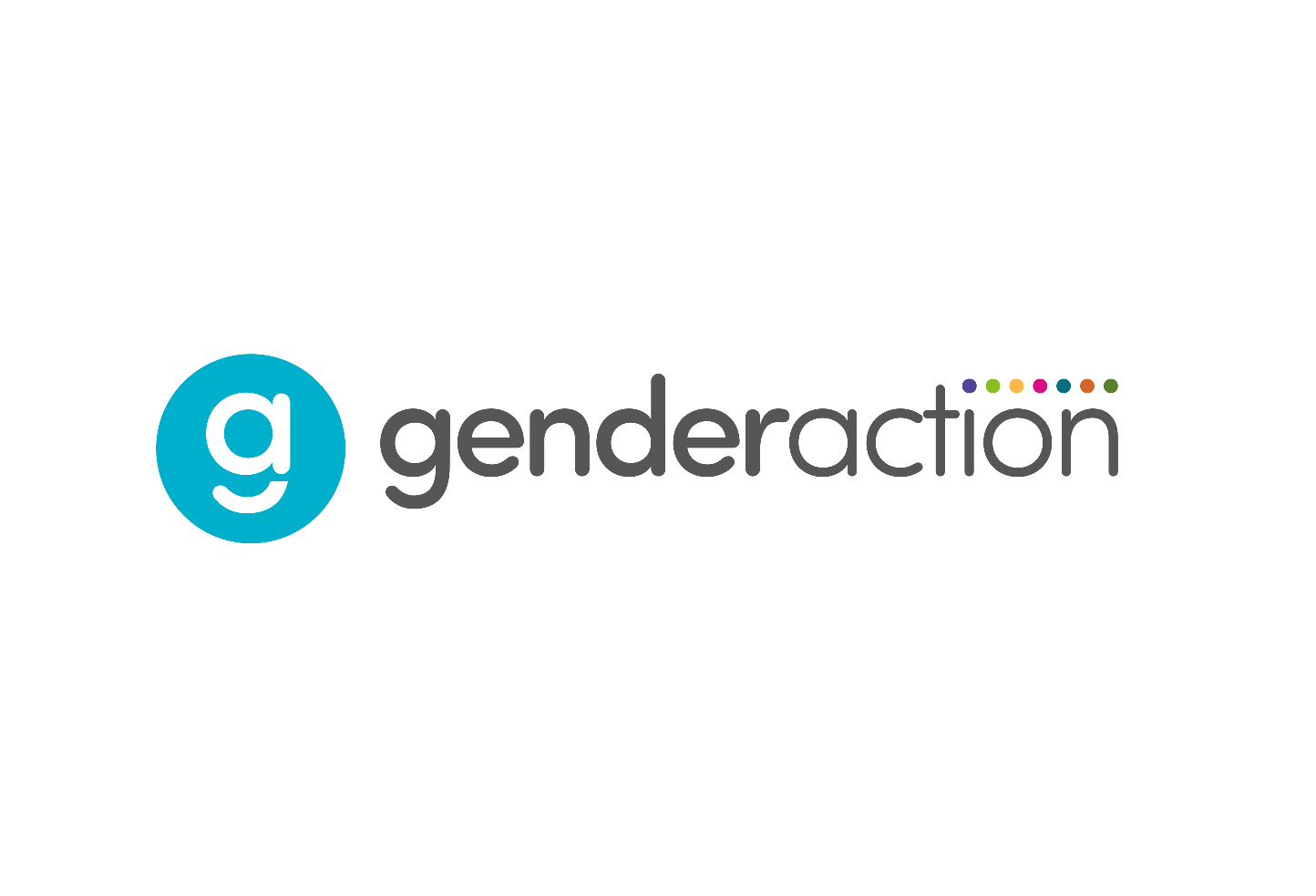Assessing the Problem
A couple of weeks ago, my colleague Esther Mander and I delivered a session as part of the Gender Action launch in London. It was fantastic to meet teachers who are so passionate and committed to achieving gender equality for young people.
In our session, we focused on how to start approaching gender imbalance in schools through using data. Although this session was originally designed for secondary school staff, there were some key messages which were useful for early years and primary staff which I thought I would share with you through this blog post.
In our experience of working with schools, we knew that data was a good way to assess what gender imbalance there is within a school and provides a good place to start with implementing interventions. Here are some tips on how you could look at your school’s data:
1. What is the gender balance of your GCSE/A level subject uptake? When you look at the national picture, you will tend to find that there are subjects which are more dominated by boys (such as computing, physics, economics) and by girls (such as modern foreign languages, English, psychology). How does your school compare to this and is it a consistent pattern over a number of years?
From Closing Doors , 2013
2. What does attainment and progression look like for each subject? We tend to find that girls are less likely to pursue A-level Physics or Maths than boys who have achieved the same grade at GCSE. Does this happen in your school? You can also look at other subjects such as boys and English.
The Education Policy Institute looked at the 2018 A level results and plotted gender balance against A*/A attainment. The horizontal axis indicates how gender balance a subject is (further to right is male dominated and vice versa).The vertical axis looks at attainment (further up, boys are outperforming girls and vice versa).
3. You can also look at other data outside of attainment such as gender balance for enrichment, guest speakers and staff data at different levels.
4. Once you have the big picture, you can start looking into the details, such as how you interact with your students. One way in which you can do this is to use this classroom interaction template so you can measure how many times a boy or girl puts their hand up or calls out answers during a lesson. This can be completed by a colleague or a student.
Classroom interactions with students from the Improving Gender Balance study.
Some of the schools that we have worked with at the Institute of Physics have also done a student survey to find out what their experiences are and staff survey to find out if they think gender imbalance is a problem within the school.
Once you have gathered your evidence, you have gained a starting point for implementing in interventions and a baseline which you can measure against to see if change has been made. For ways of implementing interventions, you can refer to the resource page for ideas.
Sarah Cosgriff @Sarah_Cosgriff
Gender Balance Officer, Institute of Physics



